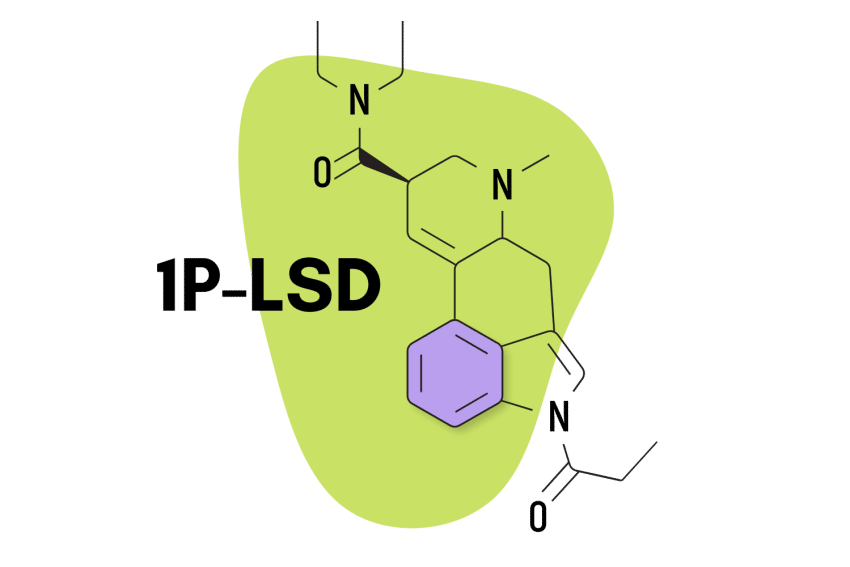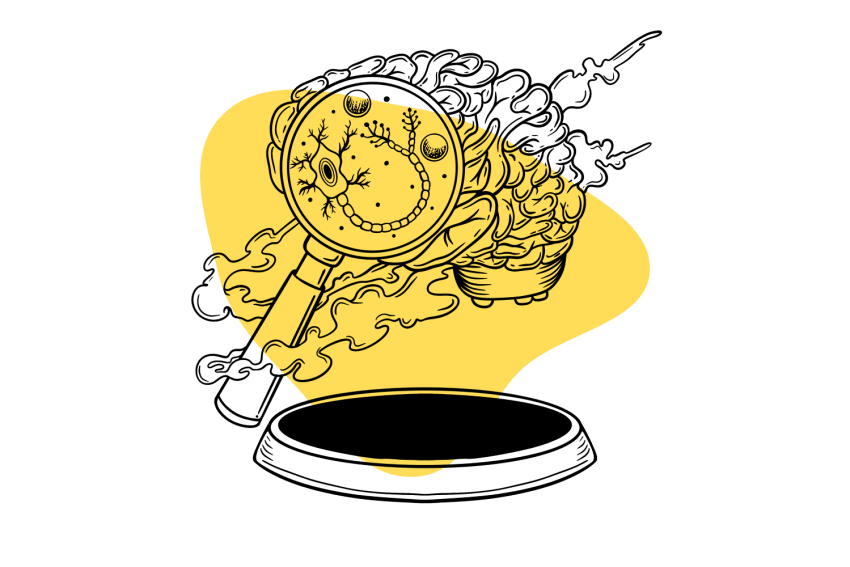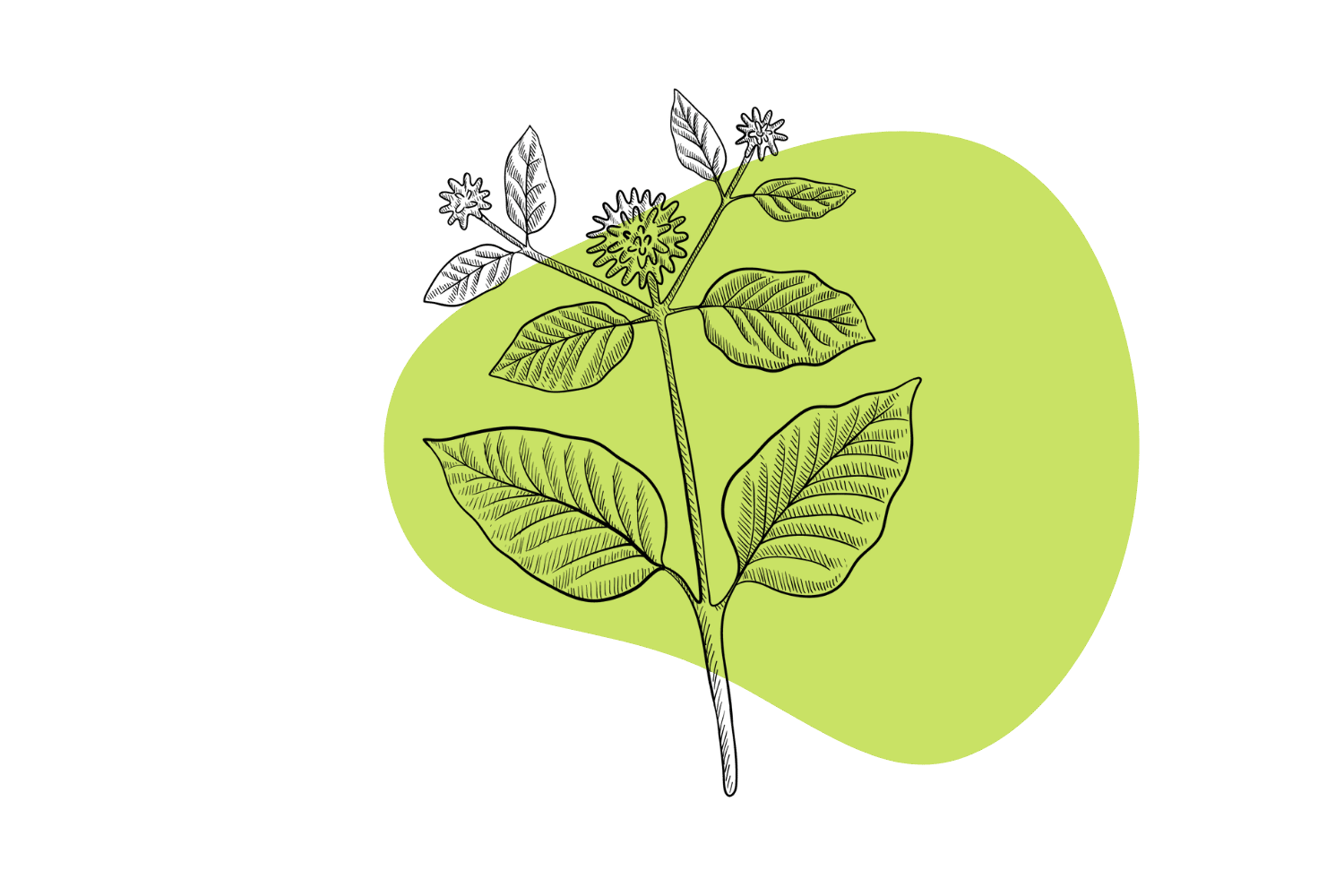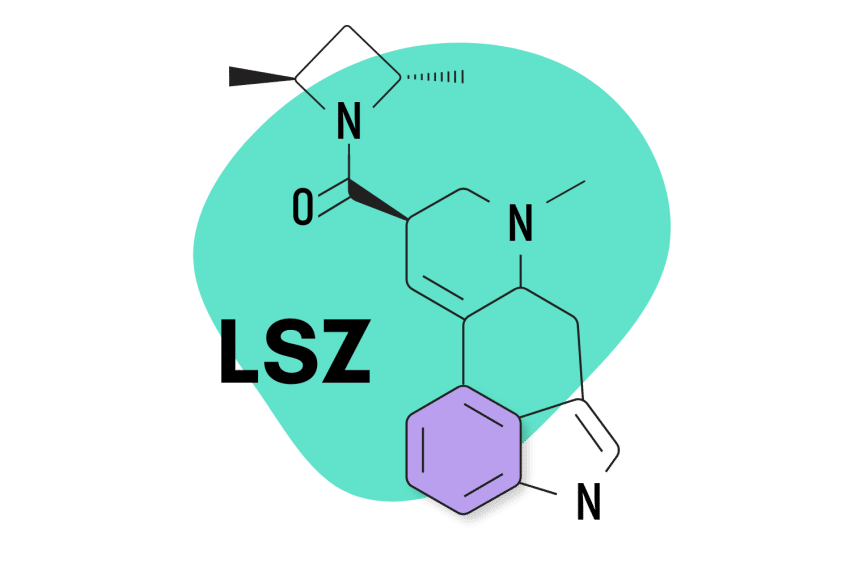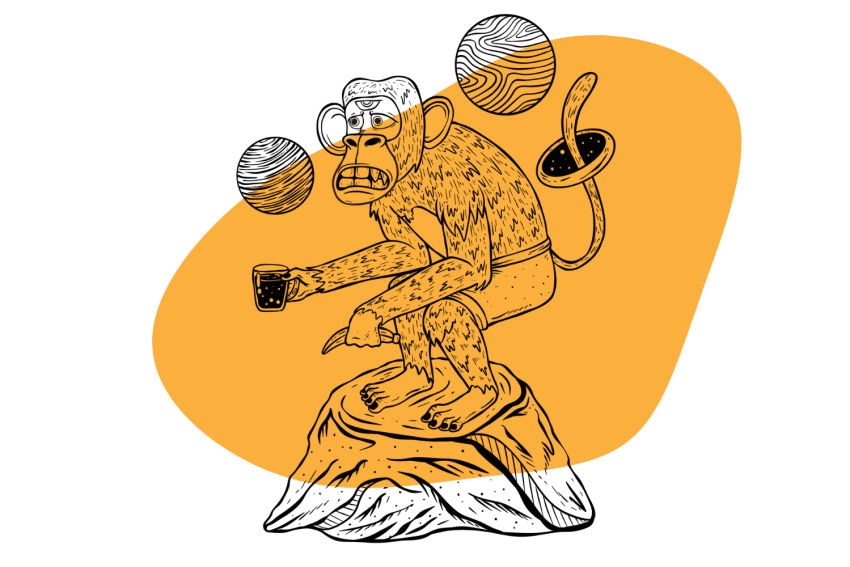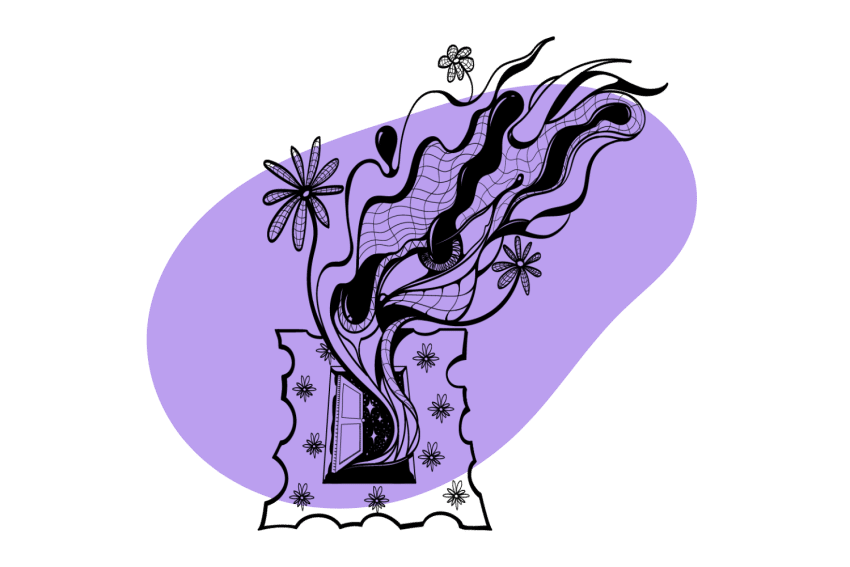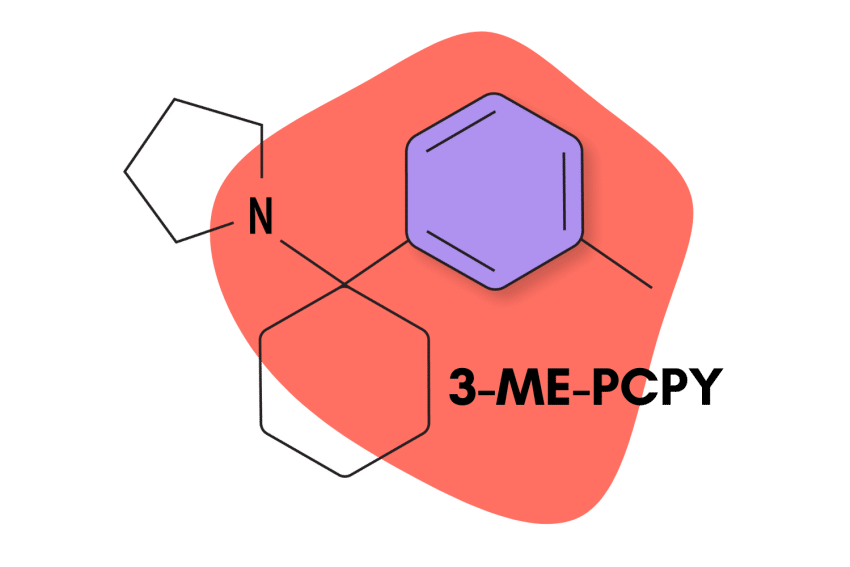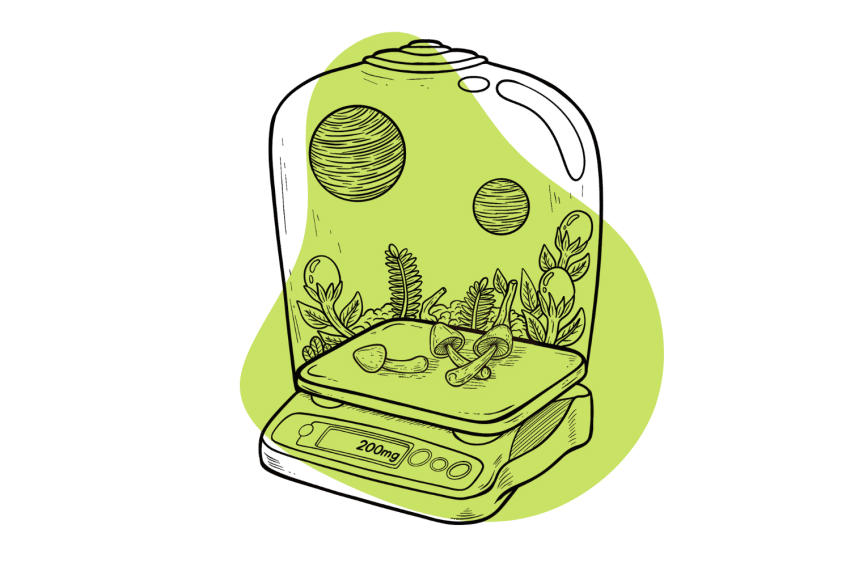Psychedelics & Witchcraft: Deliriants, Soporifics, & Folklore
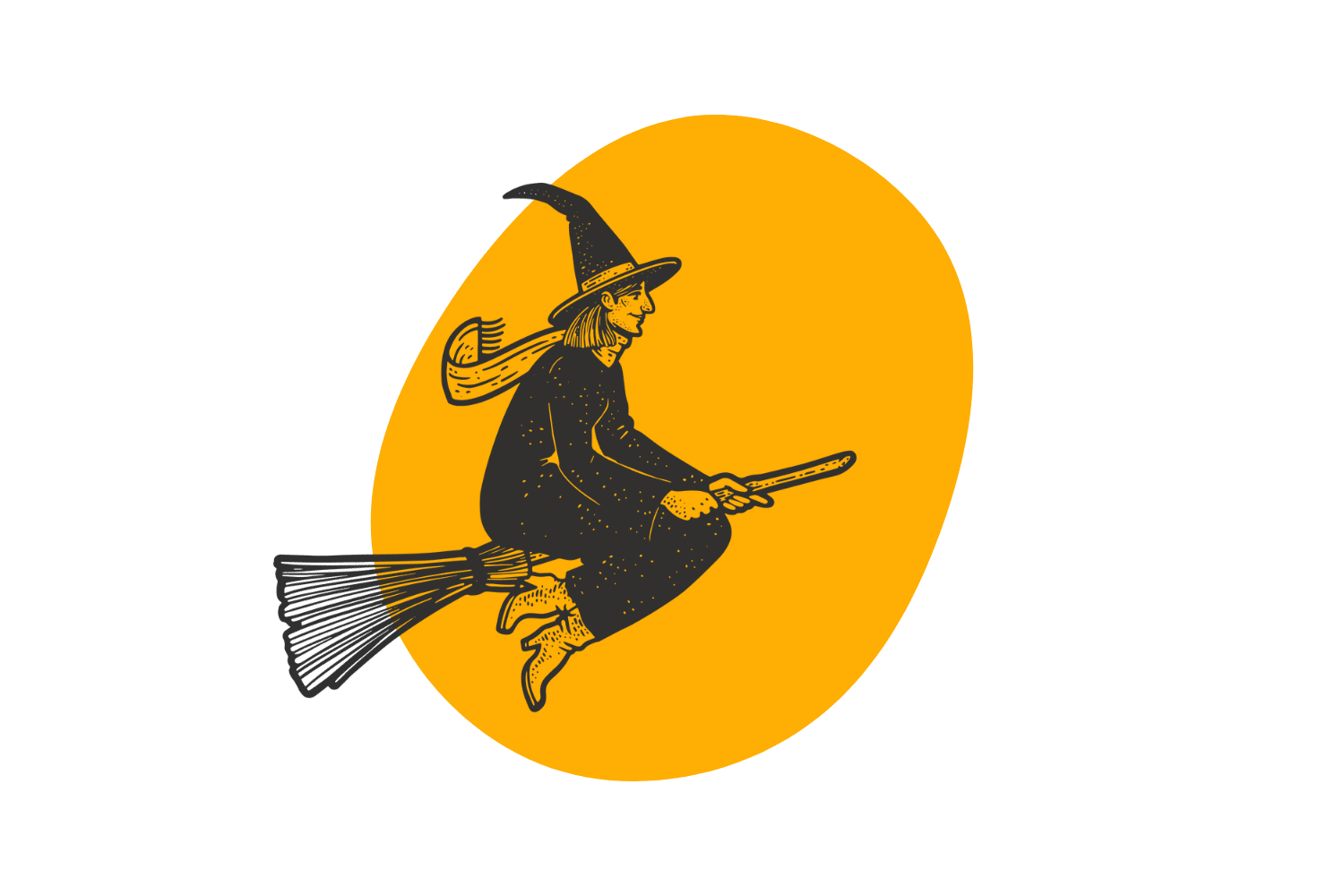
Whether they meant to do it or simply ingested it by accident, hallucinogens and witchcraft have a long and storied history.
Shakespeare was the first to depict witches riding on a broom, but their usage of mandrake (Mandragora officinarum) and jimsonweed (Datura stramonium) far outdates even The Bard.
What purpose did these hallucinogens and deliriants have in witchcraft?
What is a Witch?
The term “witch” is broad and varies widely depending on the context or culture.
Generally speaking, a witch is someone that uses what they believe to be “supernatural powers.”
They can use these powers to harm other innocent people or heal them. The term is sometimes used synonymously with “shaman” — referring to the local healer who uses plant-based medicines and spiritual healing practices.
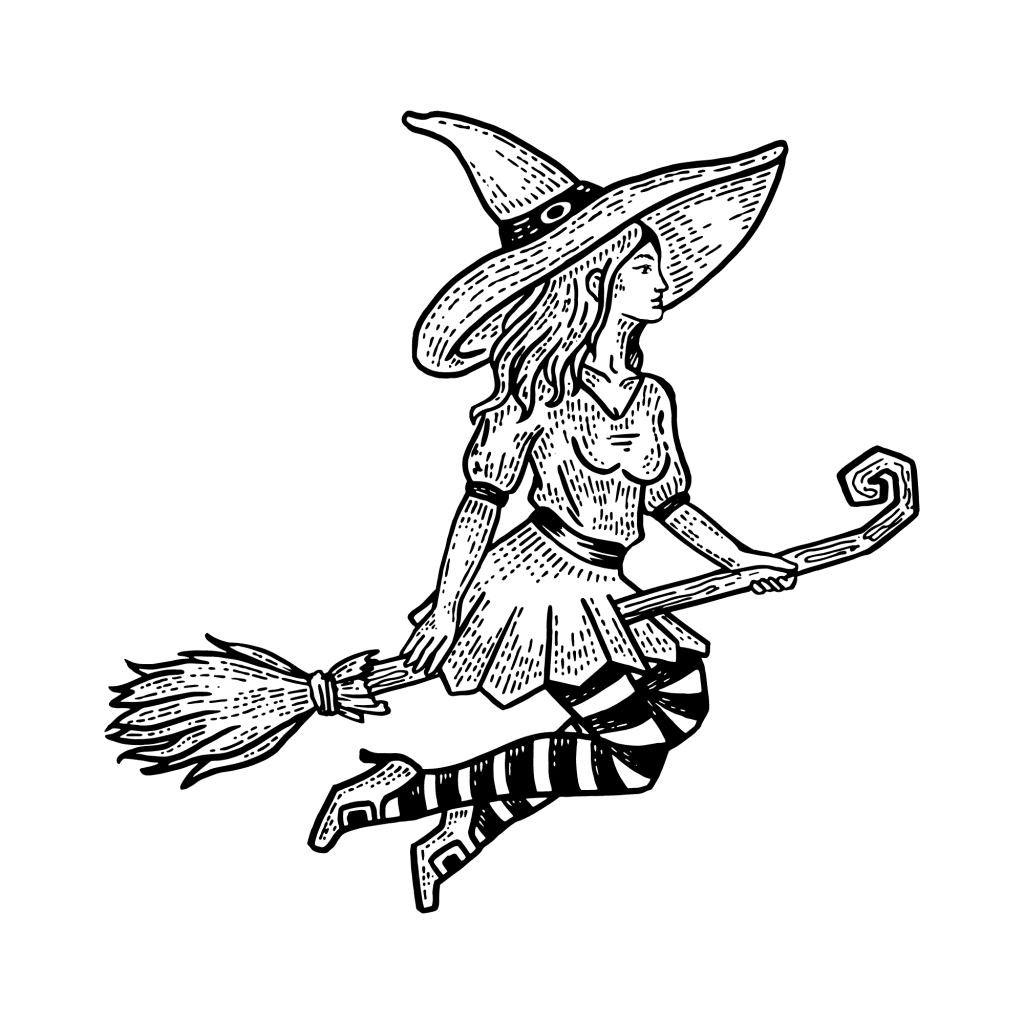
Witches & Psychedelics: Flying High on a Broomstick
Witches commonly ingested herbs that contained tropane alkaloids — a class of powerful deliriant hallucinogens.
What these substances did was relatively simple: they either caused the witches to fall asleep (soporifics) or induced a state of delirium (deliriants) where they became detached from reality entirely.
People who never took their feet off the ground found themselves going on crazy flying rides and breaking out into frenzied dancing. They would use these herbs to converse with spirits, demons, and other “magical” entities.
This became even more notable once people discovered that these compounds could be absorbed instead of eaten.
Hyoscine, also known as scopolamine, was particularly strong when absorbed via the armpits, vaginal area, or rectum. Even better, this enabled the witches to avoid severe intestinal discomfort that came as a side effect of taking these herbs.
Witches often anointed their broomsticks with their witches’ salves or ointments. When they climbed on top of the broom, they’d be exposed to hallucinogenic substances via the vulvovaginal area.
Even if they didn’t apply their salve directly to their brooms, they were still most likely exposed in the same way due to using their broom to mix their concoctions.
Unfortunately, though, none of it was true.
“The vulgar believe, and the witches confess, that on certain days or nights they anoint a staff and ride on it to the appointed place or anoint themselves under the arms and in other hairy places.” — Jordanes de Bergamo, 15th century.
Rye Ergot & The Salem Witch Trials
In 1692, witch fever broke out in Salem, MA. Although it only lasted from May to October, it ended with 19 people being hanged, one being crushed to death, and four more deaths in custody.
What caused the delusional thinking that led to so many deaths? Many believe it was rye ergot.
Ergot can attack oats, barley, rye, and wheat, but it’s most successful against rye. This has led to many crops being devastated over several centuries.
Ergot replaces the cereal grain with sclerotium. When the sclerotium is then ingested, most commonly through bread, ergotism happens. Also known as the devil’s curse, ergot contains many psychoactive alkaloids.
One of the most well-known ergot-derivatives is LSD, which was isolated and synthesized from the fungus in 1938. Other notable (modern) derivatives of ergot alkaloids include LSZ, ETH-LAD, PRO-LAD, AL-LAD, ALD-52, and 1P-LSD.
Side Effects of Ergot
- Hallucinations
- Vomiting
- Muscle spasms
- Convulsions
- Gangrenous pain
- Blood vessel constriction (leading to loss of limbs)
This was a very nasty way to die, and it killed at least 20,000 people in France between 900 and 1300. Those who didn’t die from ergot poisoning may have appeared to be bewitched to the rest of the community.
Ergotism would make users delusional and convulse violently. They would sometimes vomit and scream in pain — seemingly inconsolable. It’s no surprise this syndrome was so closely associated with curses.
The most common cause of death from ergotism from gangrene infections.
How Did Witch Fever Take Over?
The Salem Witch Trials began after Abigail Williams, and Betty Parris exhibited strange symptoms, including convulsions. Their village doctor, William Griggs, decided that they were bewitched.
Shortly thereafter, the townspeople started accusing each other of being witches. Most of the people who were killed were young women, which makes sense as ergot poisoning would have really stood out among those who weighed less.
All of the side effects listed above were suffered by the victims in Salem. When their religious doctor noted their condition, the only solution he could come up with was bewitchment. He didn’t know anything about ergot poisoning, and he got the first two girls to go along with his story.
Why did the girls agree that they were bewitched?
This most likely came from their own lack of education, along with the severe hallucinations that ergot causes.
Unfortunately, as soon as they confessed, witch fever spread like wildfire. This can be attributed to suggestibility and group-think.
The witch trials ended as quickly as they began. Was this because there was no more ergot-contaminated food? Many historians think so.
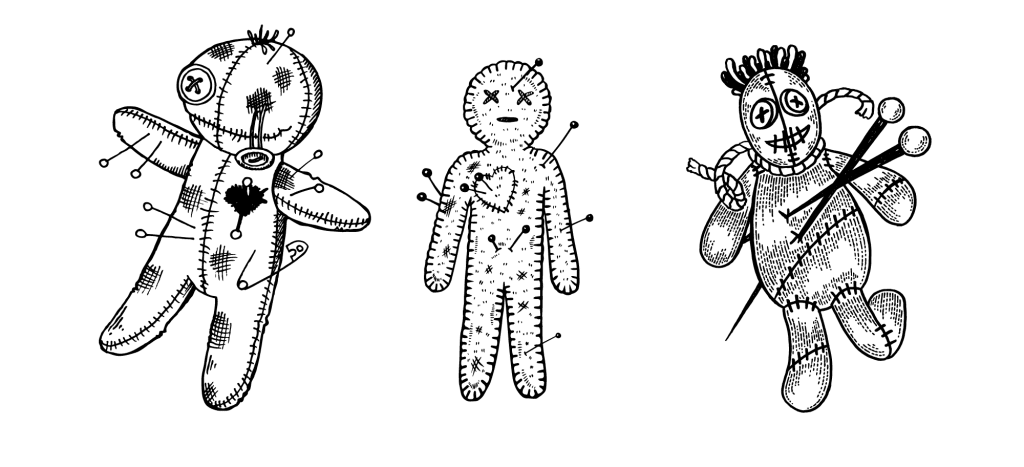
Psychedelics For Communing with Satan?
Taking hallucinogenic compounds caused European witches to believe they were flying. They were linked to time-space displacement, sexual encounters with the god Pan and Satan, and transforming into beasts.
As Sir Francis Bacon said, “witches believe that they do that which they do not do, transforming themselves into other bodies, not by incantations or ceremonies, but by ointments and anointing themselves.”
Witches were often accused of eating babies, but this flies in the face of all evidence. Instead, what witches ate was sliced redcap Fly Agaric, a mushroom that resembled human flesh and was known as “holy children” or “babies.”
It’s clear that witches didn’t really commune with Satan. Some of them certainly believed they did, though. In fact, this is the likely reason that some witches confessed.
Witches Contributed to Medicine & Were Hated for It
Women who were known as “cunning folk” had to hide their abilities. For you see, once medicine began to rise in the 1200s, women were expressly forbidden from practicing medicine.
But what would you do if you were too poor to go to a doctor? For most people, the answer was to turn to cunning folk who practiced medicine and/or midwifery illegally.
What did the cunning folk get in return? They were labeled as “Satanic” by civic and religious authorities. And if a group of women held a gathering, they were believed to be worshipping Satan.
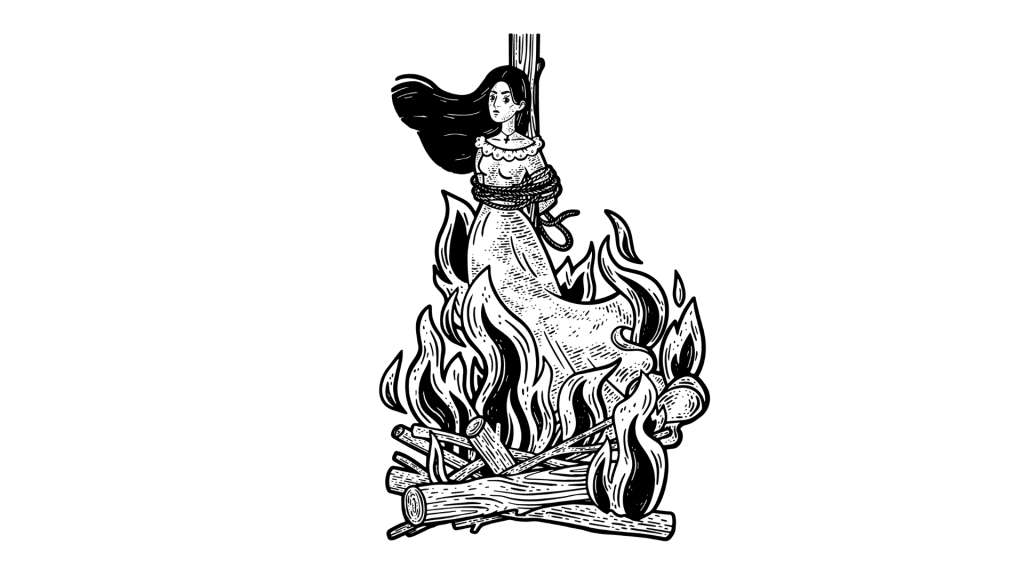
The biggest complaint that doctors and Christian authorities had against the cunning folk was that they did a good job of healing the poor. This became especially prevalent when a woman, known only as Mrs. Hutton, in the 17th century was able to cure heart failure with a higher success rate than doctors.
Mrs. Hutton treated people with the foxglove plant, which contains digoxin. Today, digoxin is used in some blood pressure and heart medications.
What Happens When You Take “Witchy” Hallucinogens?
Much like the witches of old, if you take the same type of hallucinogenic herbs they did, you’re likely to have a similar reaction. This probably explains the experiences of today’s witches who claim they can fly.
Many of the herbs witches used contain tropane alkaloids — mandrake, datura, and belladonna. The psychedelic experience these herbs induce is characteristically dark and sinister. Unlike conventional psychedelics, they cause hallucinations with no correlation with waking reality.
They’re true deliriants — creating visions that are impossible to differentiate from reality and most often involve beings with malicious intent towards the user.
Let’s take a closer look at some of the old-time favorites, starting with European mandrake.
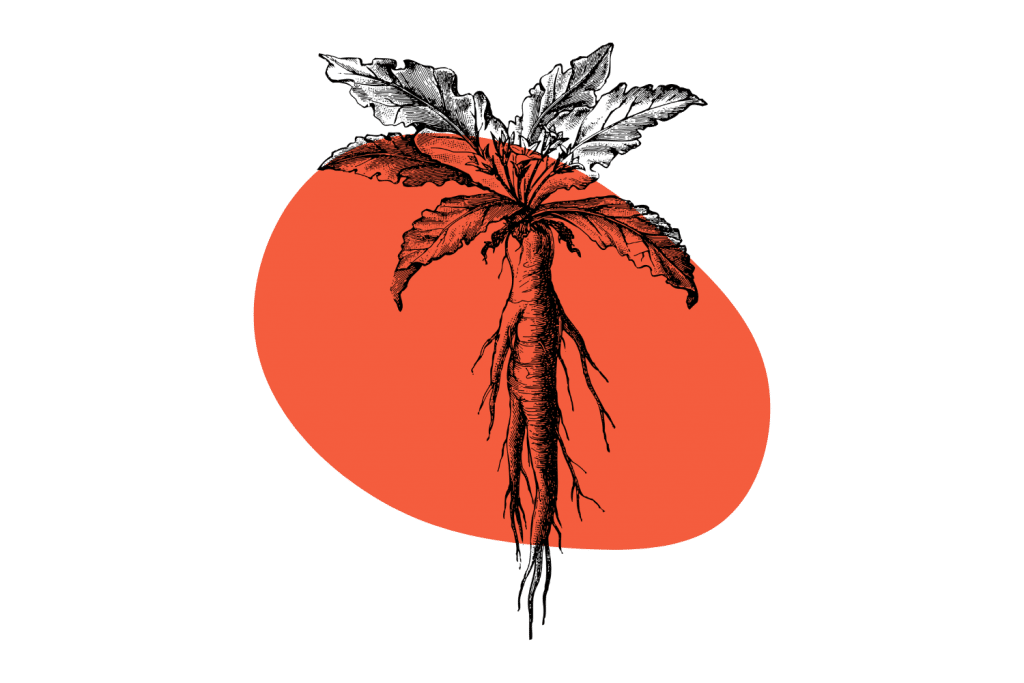
Mandrake (Mandragora officinarum)
The mandrake root has a lot of history in witchcraft and folklore. You’ll even find this one featured in the Harry Potter series.
The legend is that when the mandrake root is pulled from the ground, it emits a squeal so loud it can kill an adult human.
The roots of this herb share a striking resemblance with humans. It has arms, legs, and a little head. Roots were dried and stored somewhere around the house, where it was believed to offer protection from bad luck and malicious spirits.
Witches were thought to use mandrake in some of their potions for its powerful hallucinogenic properties.
However, mandrake is also deadly poisonous if used incorrectly. Today, no method of consumption of this herb is considered “safe.”
Side Effects of Mandrake
- Hallucinations
- Confusion
- Overheating
- Vision problems
- Drowsiness
- Heart problems
- Dry mouth
- Problems with urination
- Death
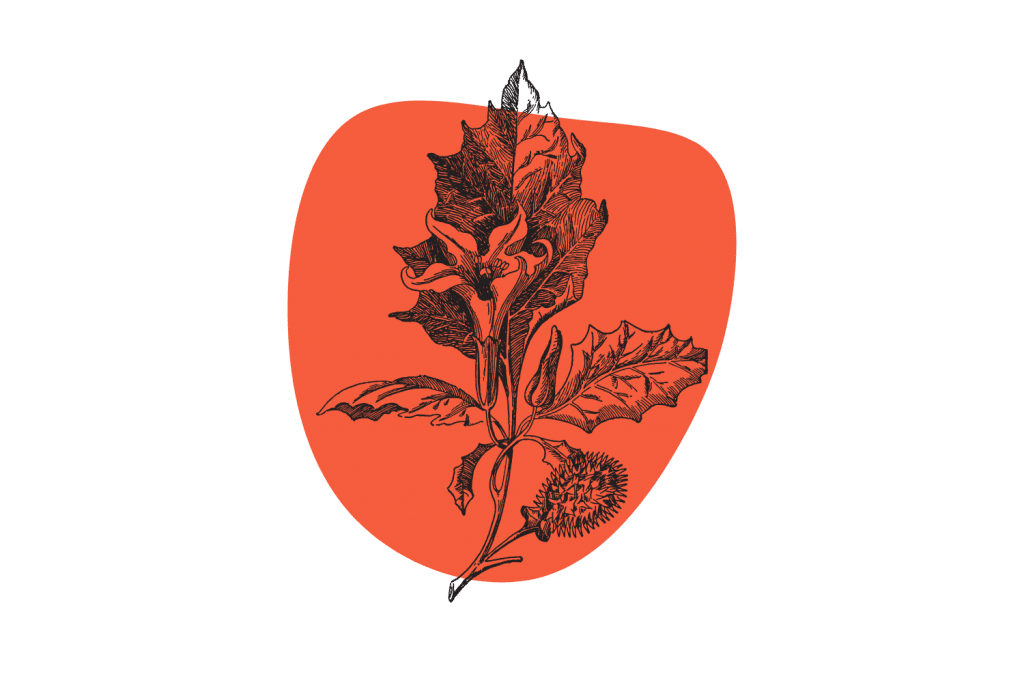
Jimsonweed (Datura stramonium)
Datura is a powerful deliriant with a long history of use in European witchcraft and folklore. Datura was a common ingredient in witches anointing salve, where it offered the bulk of the psychoactive effects in the mixture. This herb is also a common weed in many parts of Europe and North America.
Just a few seeds from this plant and users lose touch with reality entirely.
As a deliriant, the hallucinations this plant produces are unlike any other. Users become unable to differentiate what’s real and what’s imaginary — even if the visuals they’re seeing don’t make sense.
A datura trip can last up to three days, and plenty of people have died from it. It’s not considered a safe psychoactive by any frame of the imagination.
Side Effects of Jimsonweed
- Hallucinations
- Psychosis
- Confusion
- Amnesia
- Dilated pupils
- Combative behavior
- Blurred vision
- Tachycardia
- Dry mouth
- Difficulty urinating
- Death
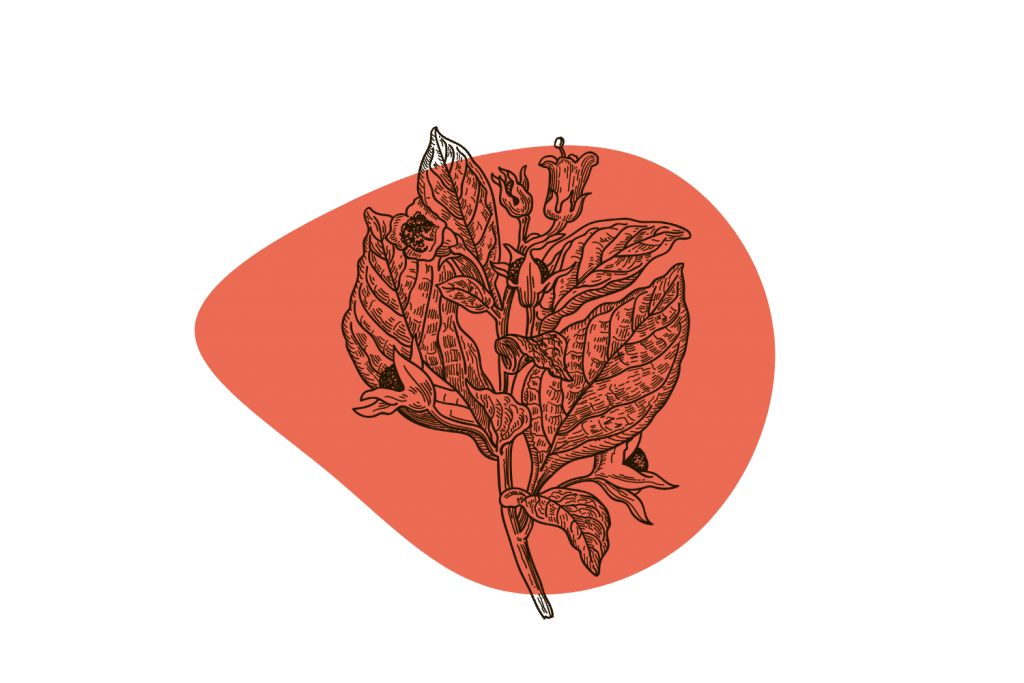
The Deadly Nightshade (Atropa belladonna)
Belladonna was another common ingredient in witches anointing salves and “potions” in the past. It contains a slurry of the same compounds found in both mandrake and datura, which produce a powerful deliriant state lasting many hours.
As the name implies, the dose of this plant is critical. Take too much, and you’ll die from an anticholinergic crisis.
This herb was often mixed with poppy resin to induce a sleepy, soporific state.
Side Effects of Deadly Nightshade
- Hallucinations
- Mental problems
- Spasms
- Coma
- Convulsions
- Fast heartbeat
- Fever
- Blurred vision
- Red dry skin
- Enlarged pupils
- Dry mouth
- Inability to sweat or urinate
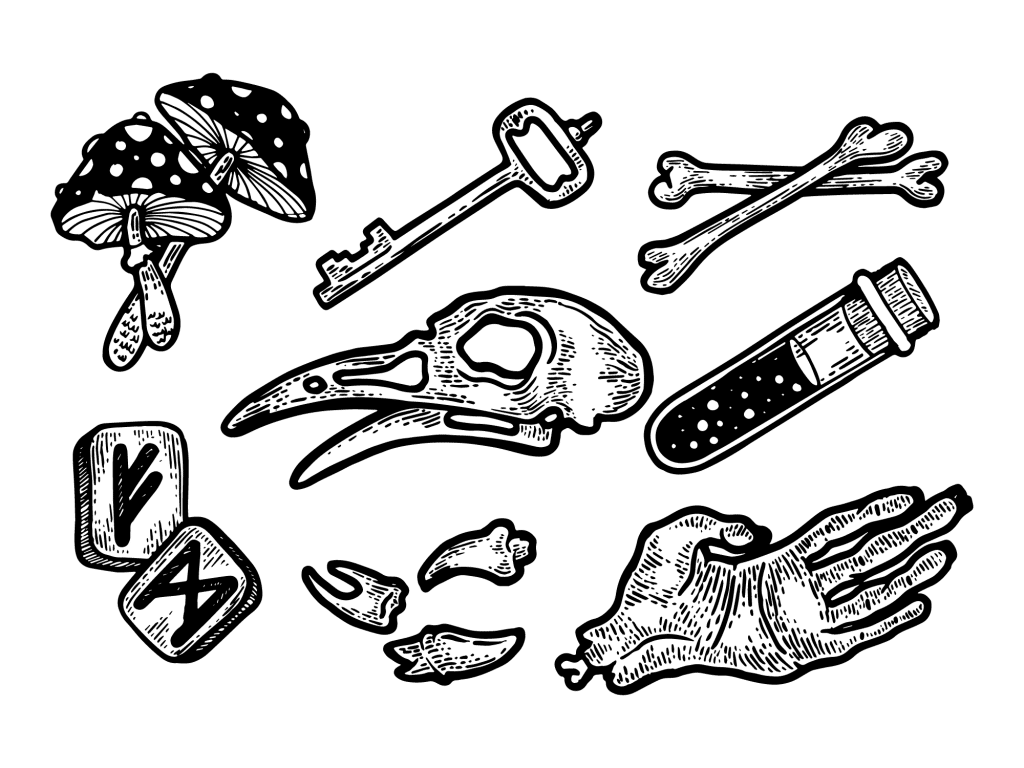
Witches Were Pioneers of the Hallucinogenic Movement
All four of the substances witches took could also kill you, so you’ve got a list of hallucinogenics that should not be used for any reason.
The potential to hallucinate when taking any of these substances would only be heightened by mixing them together. When you combine this with the torture techniques that were often used to elicit a confession, it’s no longer a shock to see how many witches were put to death.
At the time, these women were killed for their experimentation. Today, we appreciate them as pioneers. Without their experimentation with mandrake, jimsonweed, deadly nightshade, and scopolamine, we wouldn’t know nearly as much today as we do about these plants.
We should also give credit to the victims of Salem for helping raise awareness of ergot poisoning. None of the people who died as a witch in Salem were actually witches. It took until 1976 for someone to suggest ergot as the reason for Salem’s “witches,” which finally vindicated them.
Final Thoughts
No matter what you think of the word “witch,” it’s clear that some women took hallucinogens that made them true believers.
Although witches didn’t literally have powers, they knew how to work with plants and enjoyed meeting up in secret. Calling them witches was a negative thing dreamed up by men, but they’ve since retaken their place in modern history.

